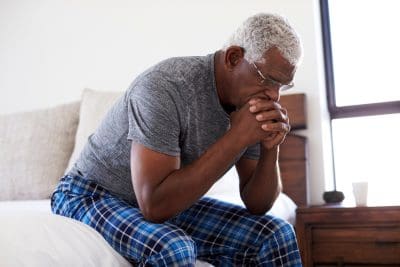Understanding the science behind the breakthrough
The research team discovered that exercise triggers crucial changes in the body’s immune response:
Natural killer cells increase dramatically after physical activity These immune cells show enhanced ability to target cancer The combination with traditional treatments proves more effective Exercise creates an optimal environment for treatment success Blood flow improvements may enhance drug delivery to tumors
The powerful impact on treatment effectiveness
The study revealed remarkable improvements in treatment outcomes:
Natural killer cells increased by 254% post-exercise Combined with rituximab therapy, killing power doubled Immune system activation lasted several hours Treatment effectiveness improved across various metrics Patients showed better tolerance to therapy
How exercise enhances cancer treatment
Medical experts identify several mechanisms at work:
Increased blood flow delivers medications more effectively Enhanced oxygen levels improve tissue response Reduced inflammation supports healing Strengthened immune system targets cancer cells Better stress hormone regulation aids recovery
The role of different exercise types
Research indicates various forms of physical activity offer benefits:
Moderate cardiovascular exercise improves blood flow Strength training maintains muscle mass during treatment Flexibility work supports range of motion Balance exercises prevent treatment-related complications Combined approaches show the most promising results
Customizing exercise for different cancers
Medical professionals emphasize tailored approaches for:
Blood cancers like leukemia and lymphoma Solid tumors including breast and lung cancer Cancers affecting mobility and strength Treatment-specific considerations Individual patient capabilities
Important considerations for exercise during treatment
Healthcare providers recommend:
Starting slowly and building gradually Monitoring energy levels carefully Adjusting intensity based on treatment cycles Working with qualified exercise professionals Maintaining consistent communication with medical team
The impact on treatment side effects
Exercise shows promise in managing common challenges:
Reduced fatigue levels Better appetite maintenance Improved sleep quality Enhanced mood and mental clarity Greater physical strength and endurance
Implementing safe exercise programs
Medical experts emphasize several key factors:
Professional guidance and supervision Regular monitoring of vital signs Appropriate progression of activity Modification based on treatment phases Integration with medical care plan
The future of exercise in cancer care
Research continues to explore:
Optimal timing of exercise during treatment Specific protocols for different cancers Combination approaches with various therapies Long-term benefits and survival rates Prevention strategies through physical activity
Patient success stories
Real-world experiences demonstrate benefits:
Improved treatment tolerance Better recovery outcomes Enhanced quality of life Increased sense of control Stronger support system engagement
Guidelines for getting started
Healthcare providers recommend:
Consulting with oncology team first Starting with supervised sessions Gradually increasing activity levels Monitoring response carefully Maintaining detailed exercise logs
Understanding exercise limitations
Important considerations include:
Treatment-related fatigue management Infection risk during immune suppression Physical limitations from surgery Side effect impact on exercise capacity Individual tolerance variations
The role of support systems
Success often depends on:
Family and friend encouragement Professional guidance and monitoring Peer group motivation Healthcare team coordination Access to appropriate facilities
Looking ahead
Current research focuses on:
Larger clinical trials Different cancer types Various treatment combinations Long-term outcomes Prevention strategies
Making exercise accessible
Healthcare systems are implementing:
Specialized cancer exercise programs Trained oncology exercise specialists Remote monitoring options Home-based exercise protocols Supportive technology solutions
The connection between exercise and cancer treatment represents a promising frontier in oncology. While more research is needed, current evidence suggests that appropriate physical activity can significantly enhance treatment outcomes. The key lies in implementing safe, supervised programs tailored to individual patient needs and treatment protocols.
Remember that every cancer journey is unique, and exercise programs should be developed in close consultation with healthcare providers. The growing body of evidence supporting exercise’s role in cancer treatment offers hope for improved outcomes and better quality of life during treatment.














